Smart Contact Lenses — heads-up displays, health sensors & AR overlays.
1. Introduction: The Vision of Smart Contact Lenses
Imagine putting on a contact lens, and instead of just correcting your vision, it overlays digital information into your field of view—directions, messages, health alerts—without you needing to look at a phone or screen. It could monitor your glucose levels via tears, warn of elevated eye pressure, or assist people with low vision by enlarging or enhancing contrast in real-time.
Smart contact lenses are a leap toward the next generation of wearable tech: seamless, almost invisible augmentation of vision and health. They combine optics, miniaturized electronics, sensors, display tech, connectivity, and biocompatible materials. As of 2025, many companies are at the prototype or early clinical trial stage; commercial products are still rare but the momentum is strong.
2. What Are Smart Contact Lenses? Definitions & Components
Definition:
A smart contact lens (SCL) is a contact lens that incorporates electronic components (sensors, micro-displays, communication modules, etc.) to deliver additional functionality beyond simple vision correction.
Key Components & Functions:
| Component | Role / Function |
|---|---|
| Vision Correction Lens Material | Provides basic function (corrects myopia, hyperopia, etc.) and substrate for electronics. Must be breathable, comfortable, safe. |
| Micro-Display (for HUD / AR) | Tiny display elements (microLED, OLED, etc.) that overlay digital visuals in the wearer’s field of view. |
| Sensors / Biosensors | For health monitoring: intraocular pressure (IOP), glucose, hydration, maybe tear biomarkers. |
| Wireless Communication Module | To send/receive data to external devices, cloud, or paired devices. |
| Power / Energy Source | Can be via micro-batteries, wireless power transfer, energy harvesting (from eye movements, tears, etc.). |
| Optical Systems / Waveguides | To direct light from display to eye without obstructing vision; often extremely thin optics. |
| Control & Processing | On-lens or companion device to process data, manage display, filters, etc. |
3. Core Technologies & How They Work
Below are the major technological building blocks, and how they are being developed or deployed.
3.1 Micro-Displays & AR Overlay Technology
- MicroLEDs: Tiny light emitting diodes which can be very bright, energy-efficient, and capable of high pixel density. Used in some prototypes (e.g. Mojo Vision). COOL BLIND TECH
- OLED / Transparent OLED: Flexible, thinner displays, though transparent OLEDs are more common in glass panels / eyewear than in lens form.
- Waveguide Optics: Light guided to the eye via embedded microstructures so that display can appear overlaid on real world.
3.2 Biosensors & Health Monitoring
- Measuring intraocular pressure for glaucoma monitoring. Acumen Research and Consulting+2Future Market Insights+2
- Glucose sensing from tear fluid for diabetes, a long-sought data source (non-invasive glucose monitoring). Acumen Research and Consulting+2Mordor Intelligence+2
- Hydration, possibly pH or biomarkers related to eye health or systemic health, being explored in R&D.
3.3 Power & Connectivity
- Wireless communication: Data is sent perhaps via low-power RF or special coils; pairing with external devices (smartphone, wearable “necklace” or clip) for processing or power. arXiv+1
- Power sourcing: small embedded batteries, or energy harvesting methods (eye motion, tear chemistry, wireless power via external transmitters). arXiv
3.4 Miniaturization and Materials
- Lens must remain thin, flexible, breathable, with high oxygen transmission to avoid harming the cornea.
- Materials like hydrogel, silicone-hydrogel, PHEMA, etc. Some market reports indicate PHEMA material segment is significant. Acumen Research and Consulting+1
- Biocompatibility, coating for comfort and safety.
4. Heads-Up Displays & AR Overlays in Contact Lenses
One of the most ambitious features in smart lenses is overlaying information directly into the wearer’s field of view—essentially turning your vision into a heads-up display (HUD) without other hardware like glasses or screens.
4.1 What AR Overlays Might Look Like
- Displaying navigation cues (arrows, maps).
- Notifications (messages, calendar, calls).
- Contextual info: translation subtitles, object recognition (e.g., labeling items in your environment), augmented signs.
- Low vision assistance: contrast enhancement, magnification of distant objects, edge-detection, color filters.
4.2 Prototypes Doing AR Overlays
- Mojo Lens: One of the more-public prototypes; aims to include microLED display to overlay select digital content while preserving natural view. COOL BLIND TECH+1
- Xpanceo (Dubai-based startup): Raising funds to build lenses offering AR, optical zoom, night vision, health monitoring, etc. Business Insider
4.3 Trade-offs: Resolution, Field of View, Latency
- Because of size and safety limits, the display may offer relatively small FOV or low resolution compared to full-fledged AR glasses.
- Latency must be minimal to avoid lag that causes discomfort.
- Balancing visibility of overlay vs preserving natural vision (not obstructing, glare etc.).
5. Health & Biosensing Capabilities: Measuring Inside the Eye
Smart contact lenses can do more than show digital info—they can monitor biological and physiological signals.
5.1 Intraocular Pressure Monitoring
- Critical for detecting or managing glaucoma. Elevated eye pressure can cause vision loss. Smart lenses can provide continuous monitoring, which is better than occasional clinic visits. Market reports show IOP monitoring is one of the biggest segments. Acumen Research and Consulting+2Straits Research+2
5.2 Tear Glucose & Diabetes Management
- Measuring glucose via tears has long been a goal because it’s non-invasive compared to finger pricks. Some prototypes aim at this. Acumen Research and Consulting+1
5.3 Hydration, Tear Composition, Biomarkers
- Monitoring hydration (important in sports, health).
- Detecting markers of dry eye, or infections.
- Potential for signaling systemic health conditions via tear fluid biomarkers.
5.4 Therapeutics & Drug Delivery
- Some smart lenses could deliver medication directly to the eye (e.g. for glaucoma or infections). May have controlled release features.
6. Power, Connectivity & Miniaturization Challenges
These are some of the most difficult engineering hurdles facing smart contact lenses.
6.1 Power Supply
- Embedded batteries tend to be bulky and risk discomfort or safety hazards.
- Wireless power (inductive, resonant coupling) is promising. For example, research into magneto-quasistatic coupling for communication and powering. arXiv
- Energy harvesting (eyelid motion, tear chemistry) is being explored. arXiv
6.2 Data Transmission & Latency
- Need to reliably transmit data (health data or AR overlay content) with low latency.
- Wireless standards, mini-antennas, and communication protocols must be very efficient.
6.3 Display vs Visibility vs Comfort
- Ensuring the display is bright enough to read in daylight but doesn’t wash out natural view.
- Preventing glare, distortion.
- Ensuring the wearer doesn’t get eye fatigue, irritation, or damage.
6.4 Manufacturing and Scalability
- Tiny electronics must be embedded in flexible, curved, biocompatible surfaces. Yield (how many produce work correctly) is currently low, which drives cost up.
- Consistency in optical properties across lenses; reliability.
7. Safety, Biocompatibility & Regulatory Hurdles
Because these lenses directly interact with the eye—one of the most sensitive organs—they must satisfy high standards of safety.
7.1 Biocompatibility
- Materials must be safe for long-term contact with ocular surface, allow oxygen permeability, be resistant to irritation.
- Must avoid infection risk.
7.2 Eye Health Safety
- Prevent damage from heat, light exposure (UV, blue light, etc.).
- Avoid issues with vision—distortion, obstruction, glare.
- Long-term wear safety, comfort.
7.3 Regulatory Approval
- Medical device regulators (e.g. FDA in US, CE in Europe) require rigorous clinical trials.
- Approval for biosensing uses (e.g. glucose monitoring) tends to be stricter.
- AR display functionality may raise novel regulation questions (e.g. is it a display device or medical device?).
7.4 Data Security & Privacy
- Health data is sensitive under laws like HIPAA, GDPR etc.
- Secure wireless communication; encryption of transmitted data.
- Protection against hacking or misuse of augmented reality overlays (privacy in what is displayed, captured, etc.).
8. Key Players & Prototypes in 2025
Here’s a snapshot of leading companies, the prototypes, and what they aim to achieve.
| Company / Startup | Notable Projects / Prototypes | Key Features / Focus |
|---|---|---|
| Mojo Vision | Mojo Lens | MicroLED display, HUD overlay; health sensors; early prototype showing AR overlay possibilities. COOL BLIND TECH |
| Xpanceo | Advanced prototypes (15+ versions) | Aiming at lenses with AR, night vision, optical zoom, tear-fluid health monitoring. Planning FDA process. Business Insider |
| Samsung, Sony, Johnson & Johnson Vision | Research & investment; some lens-sensor projects | Working in material science, sensor integration. Not yet commercial AR lens. Future Market Insights+1 |
| Sensimed AG, Innovega Inc., RaayonNova LLC | Health monitoring, low vision assistance, AR / XR possibilities. Future Market Insights+1 |
9. Market Size, Growth Projections & Use Cases
9.1 Market Size & Growth
- In 2023, the smart contact lenses market was valued around USD 2.8 billion and is expected in some forecasts to reach USD 8.4 billion by 2032. Acumen Research and Consulting
- CAGR estimates vary: some say ~11-13%, others higher depending on region and application. The Business Research Company+2Global Market Insights Inc.+2
- Different sources have somewhat different base values; also definitions differ (whether only health sensors vs including AR overlay, etc.).
9.2 Segmentation: Types & Applications
| Segment | Details |
|---|---|
| By Lens Type | Daily-wear soft lenses; extended-wear; rigid gas-permeable; etc. Global Market Insights Inc.+1 |
| By Application | Health monitoring (glucose, IOP, biomarkers), AR / HUD overlays, low-vision assistance, therapeutics/drug delivery. Future Market Insights+1 |
| By Region | North America leads currently; Asia-Pacific expected to grow fast; Europe significant. Acumen Research and Consulting+1 |
9.3 Use Cases
- Glaucoma monitoring (continuous IOP).
- Diabetes management (glucose via tears).
- Low vision assistance (contrast, magnification).
- AR overlays for pedestrians, travelers (directions, translations).
- Military, specialized use (night vision, zoom).
- Drug delivery / therapy (e.g. controlled release).
10. Potential Applications Across Sectors
Smart contact lenses aren’t just “cool tech”; they have applications in many areas.
10.1 Health & Medicine
- Remote patient monitoring.
- Early detection of eye diseases.
- Reducing need for invasive devices or finger-sticks.
- Therapeutic lenses (e.g., delivering drugs, treating infections).
10.2 Accessibility & Vision Augmentation
- Helping people with partial vision loss.
- Enhancing contrast, providing magnified or clarifying view, edge detection.
10.3 Consumer & Lifestyle
- AR notifications, navigation, fitness metrics.
- Integration with smart home / IoT: lens shows when doorbell rings, who is at front door etc.
10.4 Industrial, Defense, Specialized Use
- Military or law enforcement applications: augmented vision, night vision.
- Sports: swimmers, cyclists, etc. (but water proofing etc. is a challenge).
10.5 Fashion & Entertainment
- Visual effects, video overlays, AR gaming via contact lens possibilities.
11. Ethical, Privacy & Societal Impacts
As with any technology that blends directly with human sensory experience and collects health or location data, there are important issues to consider.
11.1 Privacy of Visual Data & Context
- If lenses have cameras / sensors, what is being captured? Who sees it? How stored?
- AR overlay may require environmental scanning; may inadvertently capture private persons or places.
11.2 Data Protection & Health Data
- Health metrics (glucose, pressure) are sensitive data under GDPR, HIPAA etc.
- Secure transmission and storage; who owns data; consent; possible misuse.
11.3 Accessibility & Inequality
- These devices may be expensive; risk of widening health / tech access gaps.
- Needs to be usable by people with different levels of vision or with disabilities.
11.4 Psychological & Social Effects
- How will constant overlay of digital info affect attention, cognition, social interactions?
- Dependence on augmentation; possibly distraction or sensory overload.
11.5 Regulatory & Ethical Responsibility
- Ensuring rigorous testing and safety.
- Ensuring fair marketing (not promising more than what is safe or possible).
12. Future Directions: What’s Next?
What’s likely to happen in coming years, based on current R&D and investments.
- More mature prototypes with AR overlays combined with health sensors. As companies like Mojo, Xpanceo move toward integrating many features into single lenses. Business Insider+1
- Improved power solutions: better wireless power, tiny energy harvesting, safer embedded micro-batteries.
- Higher display resolution & wider field of view while keeping size, weight, and safety constraints.
- Commercial regulatory approvals for health-related applications. Glucose monitoring lenses would need especially strict validation.
- Consumer versions of AR-capable lenses (for certain simple overlays: notifications, navigation). Maybe starting circa 2030 depending on regulations and safety.
- Integration with AI & companion apps: smart lenses connected to smartphones, AI assistants to process and filter what is displayed.
13. What to Consider If You’re a Buyer or Developer
If you or your organization are thinking of using or developing smart contact lenses, here are the key criteria and decision points.
For Users / Buyers
- What functions do you need most? Health monitoring? AR overlays? Both?
- Safety and biocompatibility: FDA / local medical device approvals.
- Comfort & long-term wearability.
- Privacy: How data is handled.
- Cost vs benefit: Early generation devices are expensive.
For Developers / Companies
- Focus your R&D on solving the key constraints: power, display visibility, safety.
- Partner with medical device regulators early.
- Ensure materials are safe, tested, and comfortable.
- Plan the data architecture: secure, privacy-oriented.
- Consider user interface / UX: what is displayed, how interaction works without physical controls.
14. Conclusion
Smart contact lenses combining heads-up displays, AR overlays, and health sensors represent one of the most exciting frontiers in wearable technology. They promise to transform how we see, monitor our health, and interact with the world—potentially making screens, bulky wearables, or constant phone checking a thing of the past.
But there are still many hurdles: power, safety, display technology, regulatory approval, cost, and ensuring privacy. Over the next 5-10 years, we’re likely to see important breakthroughs, more advanced prototypes, and perhaps early commercial products in niche medical and assistive areas. Broad consumer adoption may still be further away.
For those interested—whether users, investors, developers, or health professionals—this remains a space to watch closely. Smart contact lenses might seem almost sci-fi today, but their impact could be profound: turning our vision into a digital canvas, with health insights built in, always there, always real-time.
Share this content:
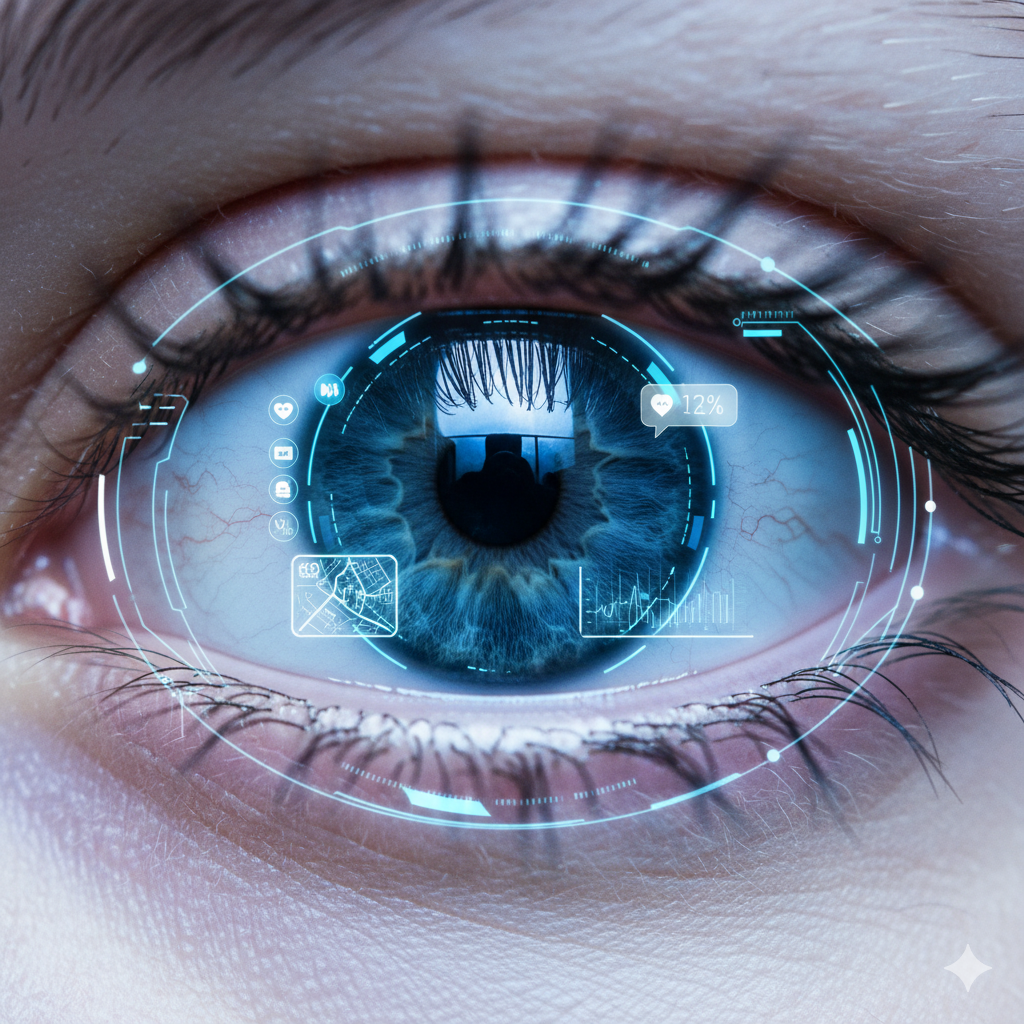
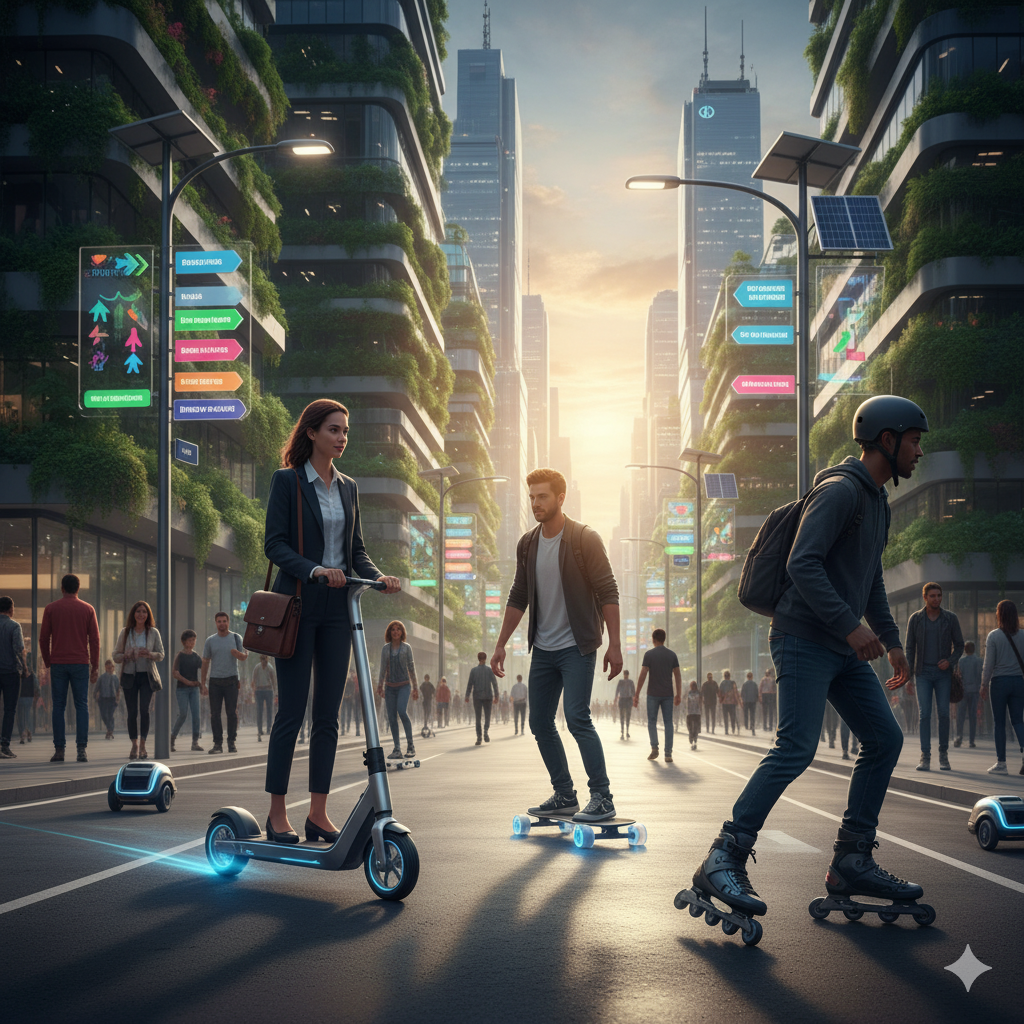
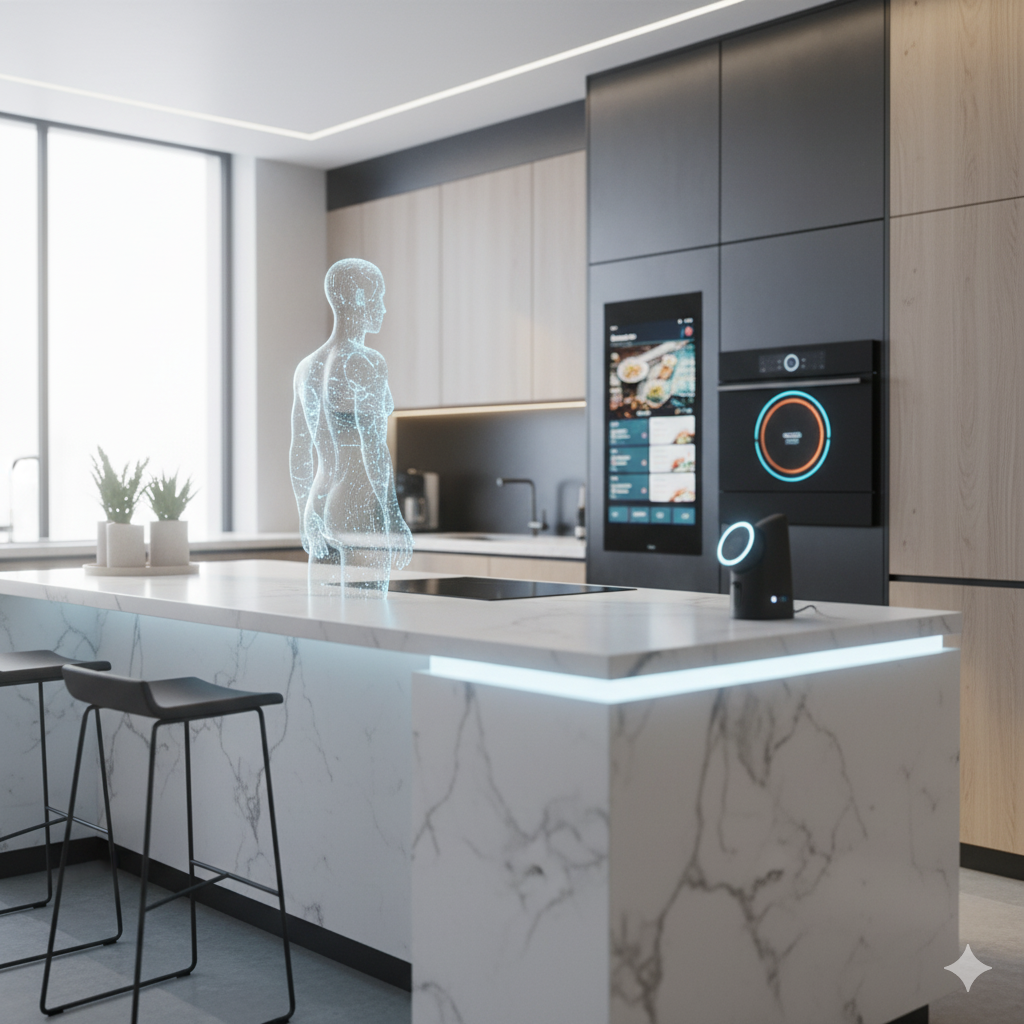
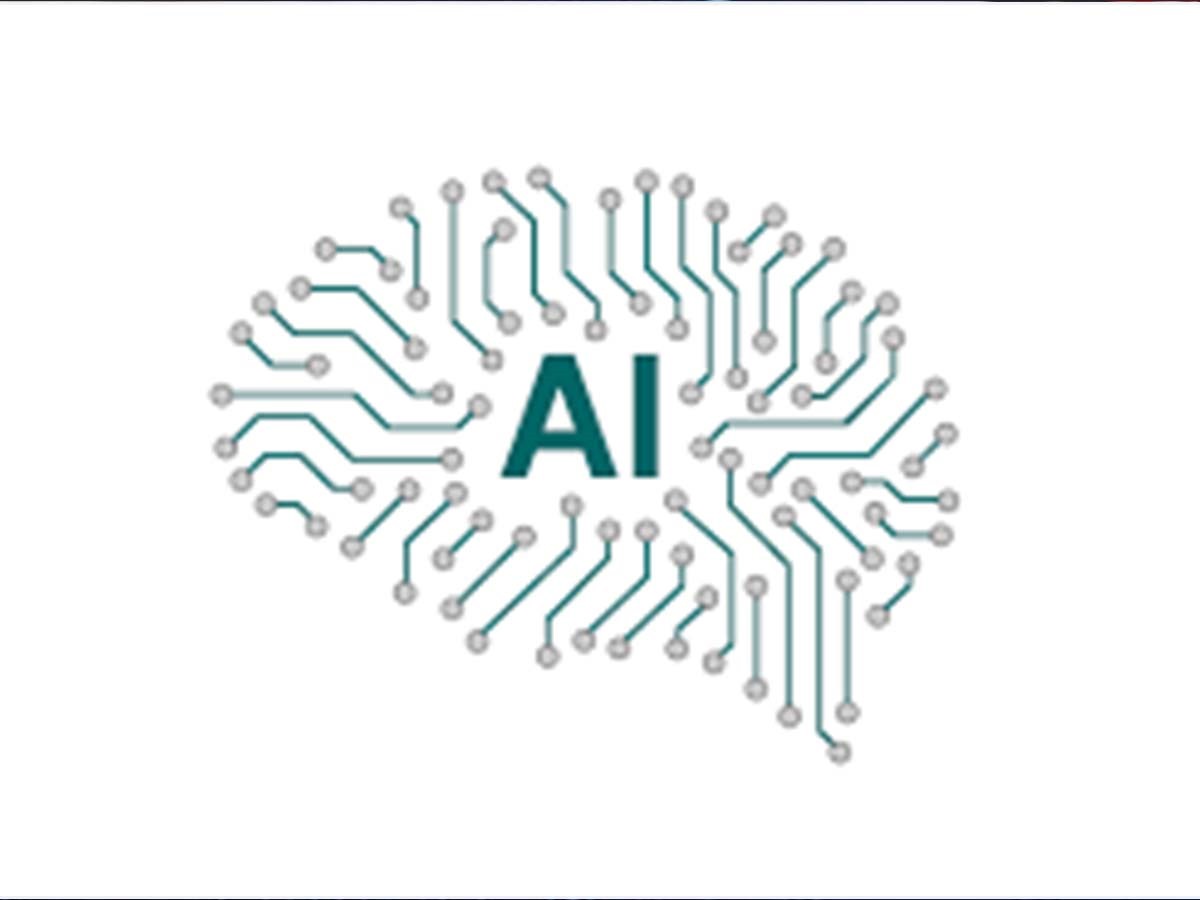
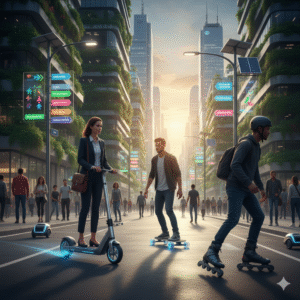
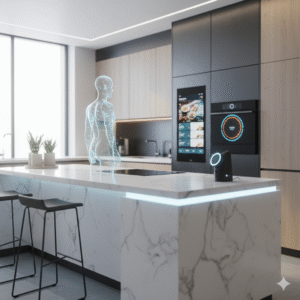
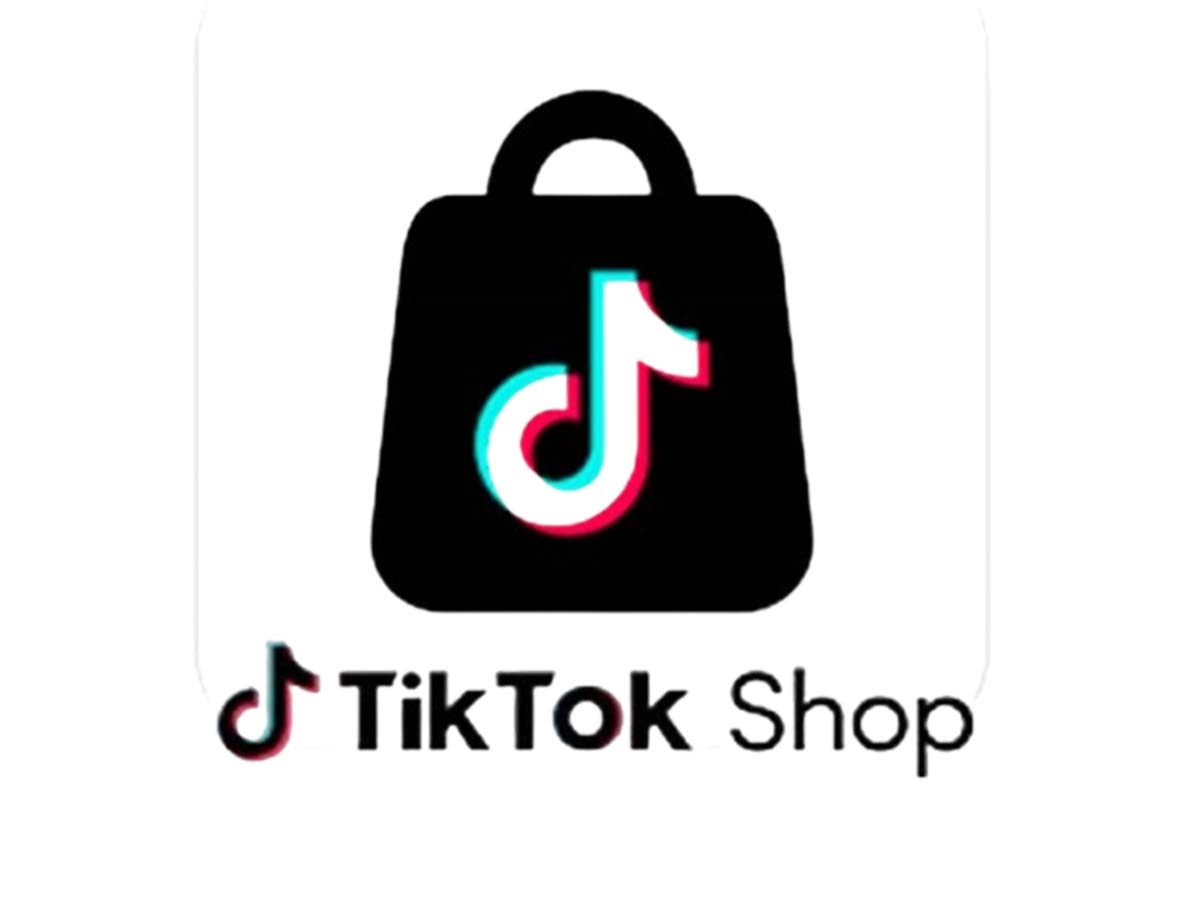
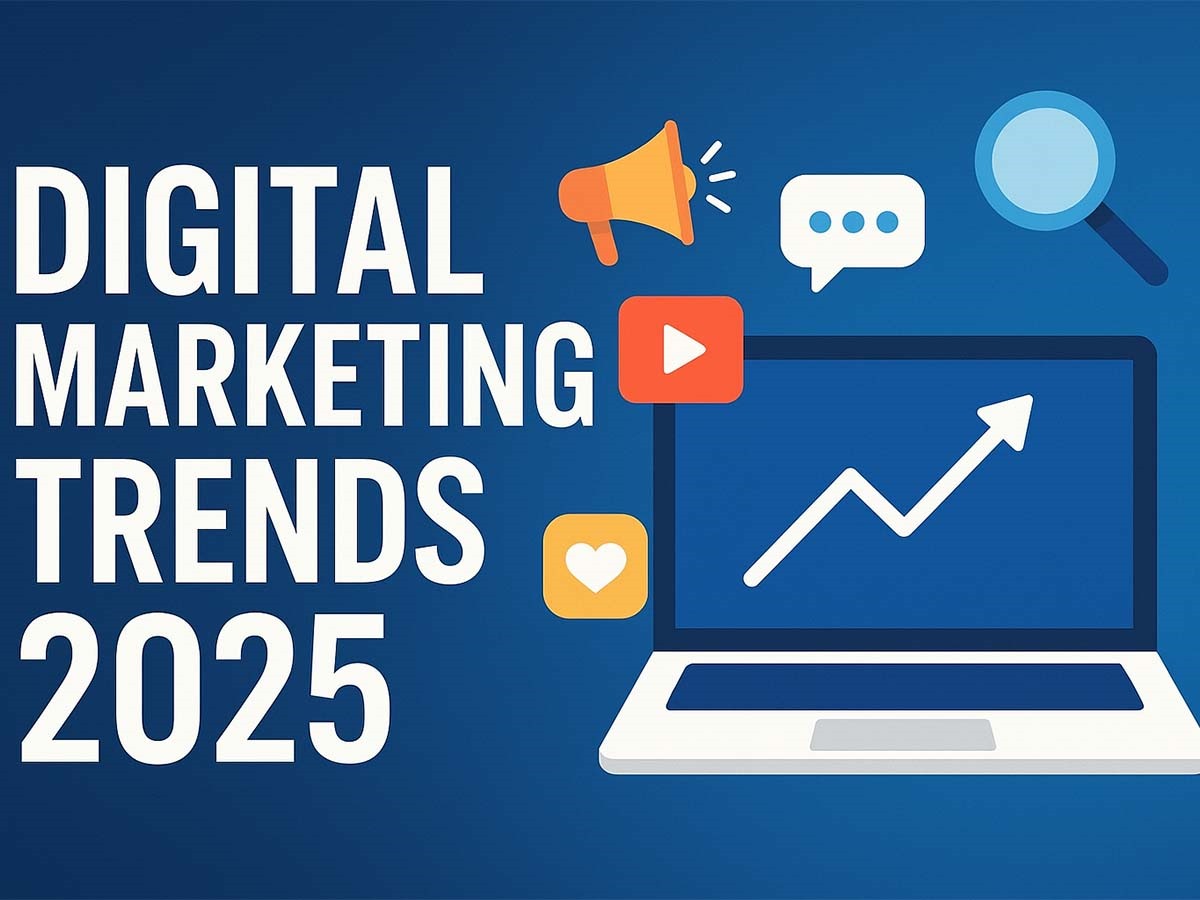
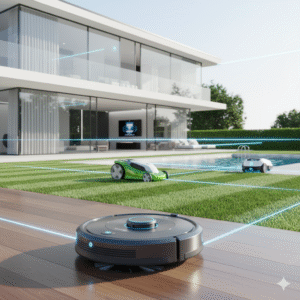
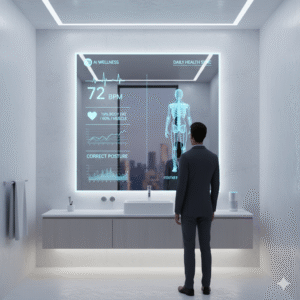
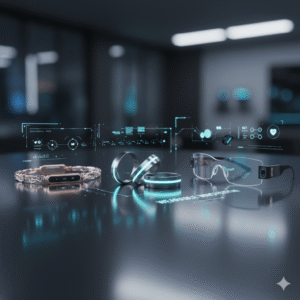
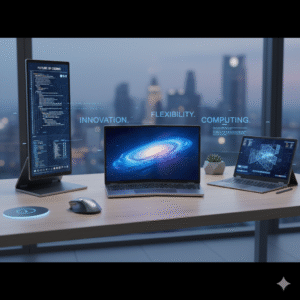
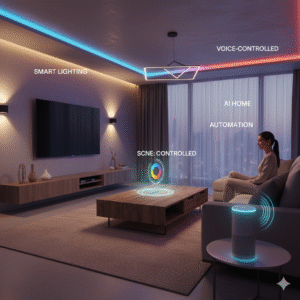
Post Comment